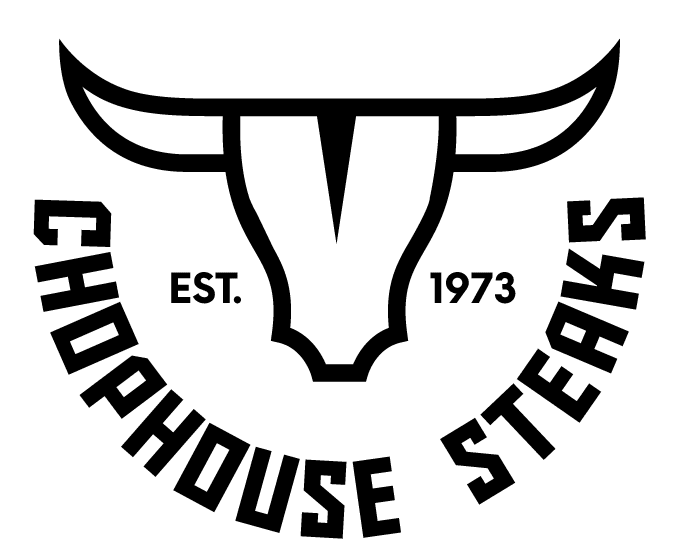After a particularly delicious BBQ or roast dinner, have you ever asked yourself, “Why is beef so expensive?”
Traditionally, there are eight different ways to cut beef from various areas of the cow’s body. The rib, flank, loin, round, chuck, brisket, shank, and short plate are among the primal cuts. These are further separated into sub-primal meat cuts and finally cut down to roasts, individual steaks, and so on.
Expensive Steaks are Tender Steaks
Consumers enjoy succulence enough to pay more for it. Therefore, the most expensive cut of steak is typically from the parts of the cow that produce the tenderest meat.
What makes these cuts melt in your mouth? It is their lack of exercise! The less a muscle is used, the softer it is. Supportive muscles are farthest from horn and hoof, and don’t really do anything much, making them the prime candidates to be expensive steaks.
Running along both sides of the spine from neck to hip are the longissimus dorsi muscles, also known as the loin. While they are found outside the rib cage, the pair of psoas majors are situated inside the ribcage, starting 2/3 down the spine. Because neither of these muscle pairs are not used much, they yield tender cuts.
Most expensive beef is naturally tender and comes from muscles high up on the animal – beef rib and loin. Tenderloin, striploin, ribeye, and porterhouse steak are part of this exclusive category. Unfortunately, though, these cuts account for just 8% of the carcass.
For a butcher to make ends meat, the profit on that 8% must compensate for the significantly less lucrative 92%. Hence these cuts being the most expensive meat on a cow.
Tougher Cuts are Cheaper Cuts
So, we have answered, “Why is steak so expensive?” But all is not lost!
Less expensive meat comes from locomotive muscles (legs, shoulder, and haunches) that have developed a lot of tough connective tissue thanks to all the exercise they get. Cuts from the bottom sirloin, round, and chuck fall into this category.
The more innovative the beef industry becomes, the better the quality of the tougher cuts. For example, by isolating tender muscles in the largest primal cut of beef, namely the chuck, and selling them as flat iron, Denver, and ranch steaks, butchers increase the profitability of some of that 92%.
Bear in mind, though, that tenderness is not the only criteria for a good piece of meat. Many tougher cuts have more flavour than their soft counterparts. Although traditionally less-desirable cuts tend to be tougher, they are deliciously satisfying when cooked properly. The secret is to slowly melt away the collagen using moist heat over a low temperature. Braising and barbequing are both excellent methods of preparing cheaper cuts of meat. Another way to get more bovine for your buck is to use a tenderizing process before cooking. Look out for dry-aged beef that has been matured to an exceptional level of succulence.
To beef up your budget further, buying in bulk and freezing your steaks can lead to significant savings. Moreover, better use of the entire animal is more ethical and sustainable. Ideally, you want to buy from a butcher with an established reputation for quality. Quality comes at a price, so it makes sense to get the moooost out of your beef steaks.
Something else to consider is upping your beef game and purchasing some of these tougher cuts in a product like our Canadian Wagyu. With more marbling and flavour these cuts are easy to work with and never disappoint. One of our favourites is our Wagyu Tri-tip. Trust the specialists at Chophouse Steaks online butcher store. Place your order today or give us a call for a personalized answer to, “Why is beef so expensive?”

